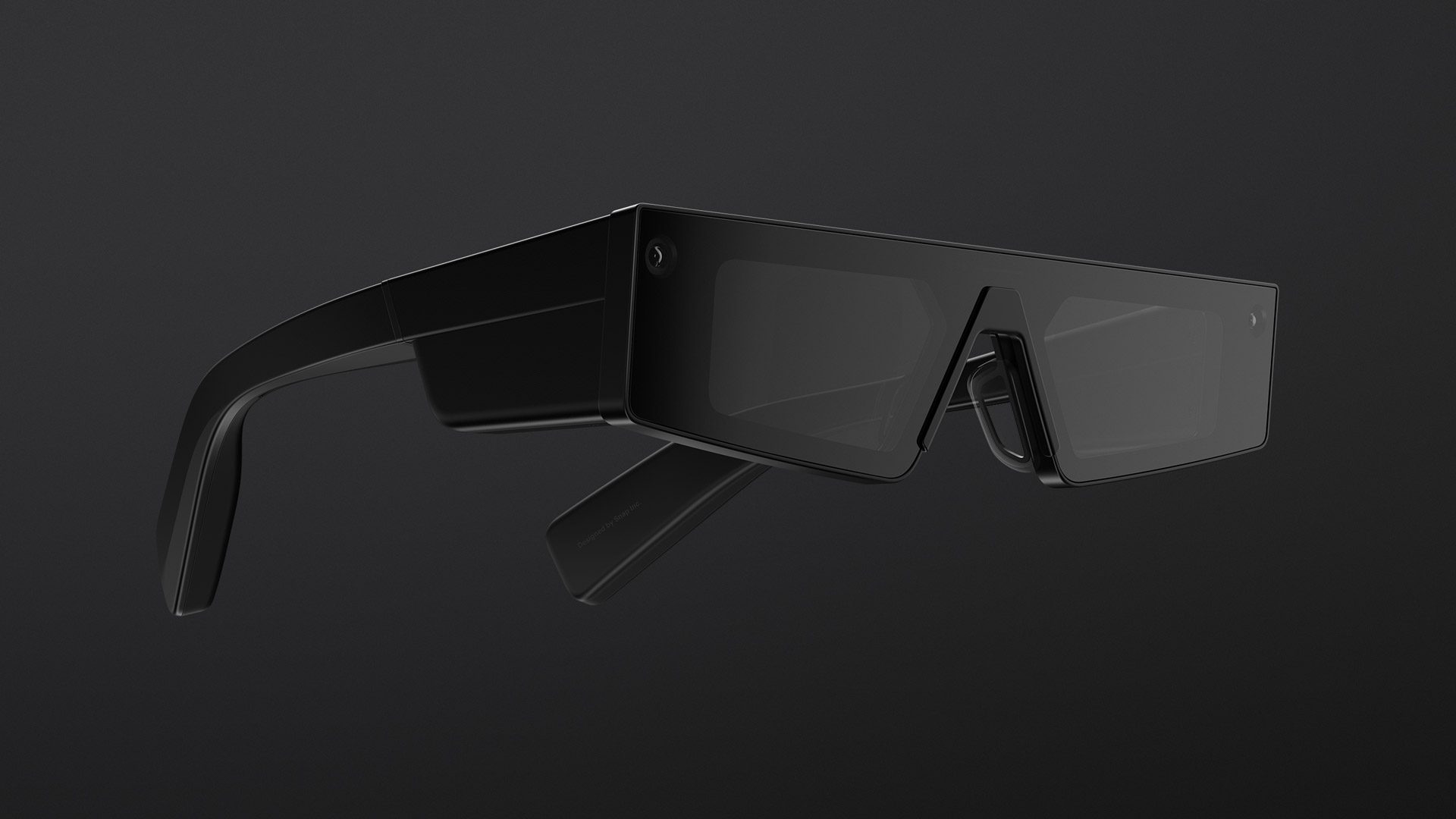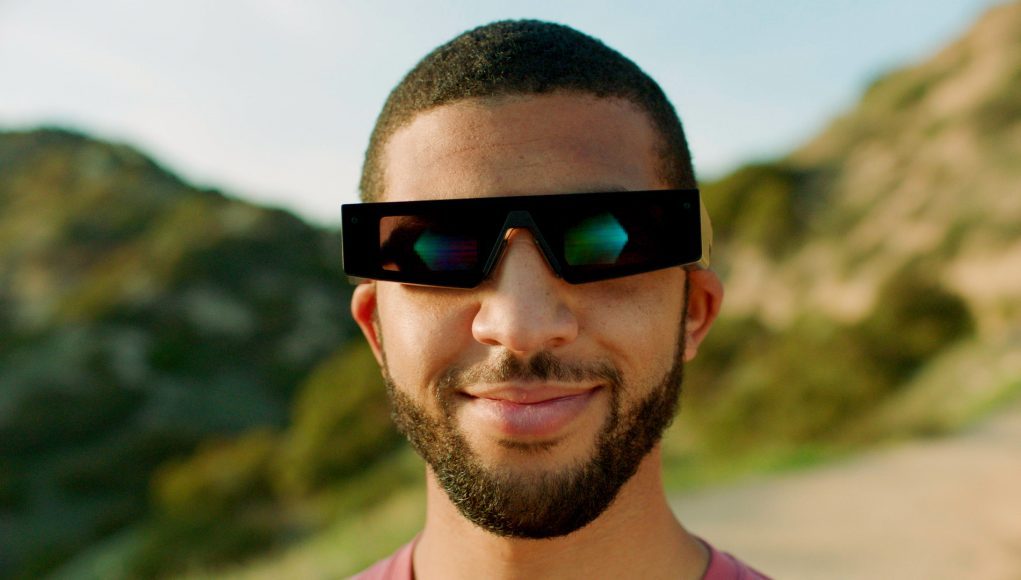Snap Inc is making some definite strides into augmented reality territory as of late. It not only announced yesterday that its next-gen version of Spectacles will be a AR device, but it’s now come to light that the company is acquiring WaveOptics, the startup behind the AR optics within the Spectacles themselves.
As confirmed by The Verge, Snap has agreed to acquire the UK-based startup. The reported sum is “over $500 million.”
WaveOptics, which is said to employ 125 people, is reportedly now working under Snap’s hardware division. The Verge reports that Snap is providing half of the acquisition price in stocks, and is reserving the option to either pay in cash or stocks after two years.
Founded in 2014, WaveOptics makes waveguide optics, micro projectors, and full AR modules. Its waveguide tech can be found in many AR headsets such as Rokid’s Project Aurora headset, which includes WaveOptics chassis and optical modules.

More recently, WaveOptics showed off prescription waveguide lenses built in partnership with Luxexcel, a Belgium-based 3D printing company focused on transparent materials.
A Snap spokesperson confirmed that WaveOptics will both continue operations to supply other companies with its tech whilst working with Snap on custom AR optics.
The 4th-generation Spectacles are being shipped out in relatively low numbers to developers. A reported 1,000 units are supposedly going out to interested devs, so there’s still a long ways to go before Snap starts pitching AR to consumers.
The dev kit has also made some clear compromises to reach a lightweight form-factor; it has a 26.3° diagonal field-of-view—much smaller than HoloLens 2’s diagonal field-of-view of 52°—and only has a 30-minute battery life. Obvious areas in need of improvement aside, the acquisition of WaveOptics is a flag in the sand for Snap. It’s setting itself up to be in direct competition with Google and Facebook as those companies reveal further working on their own respective consumer AR headsets.







